Top 3 Late-Blooming Summer Flower Groups in NYC
By Natural Areas Conservancy on September 03, 2024
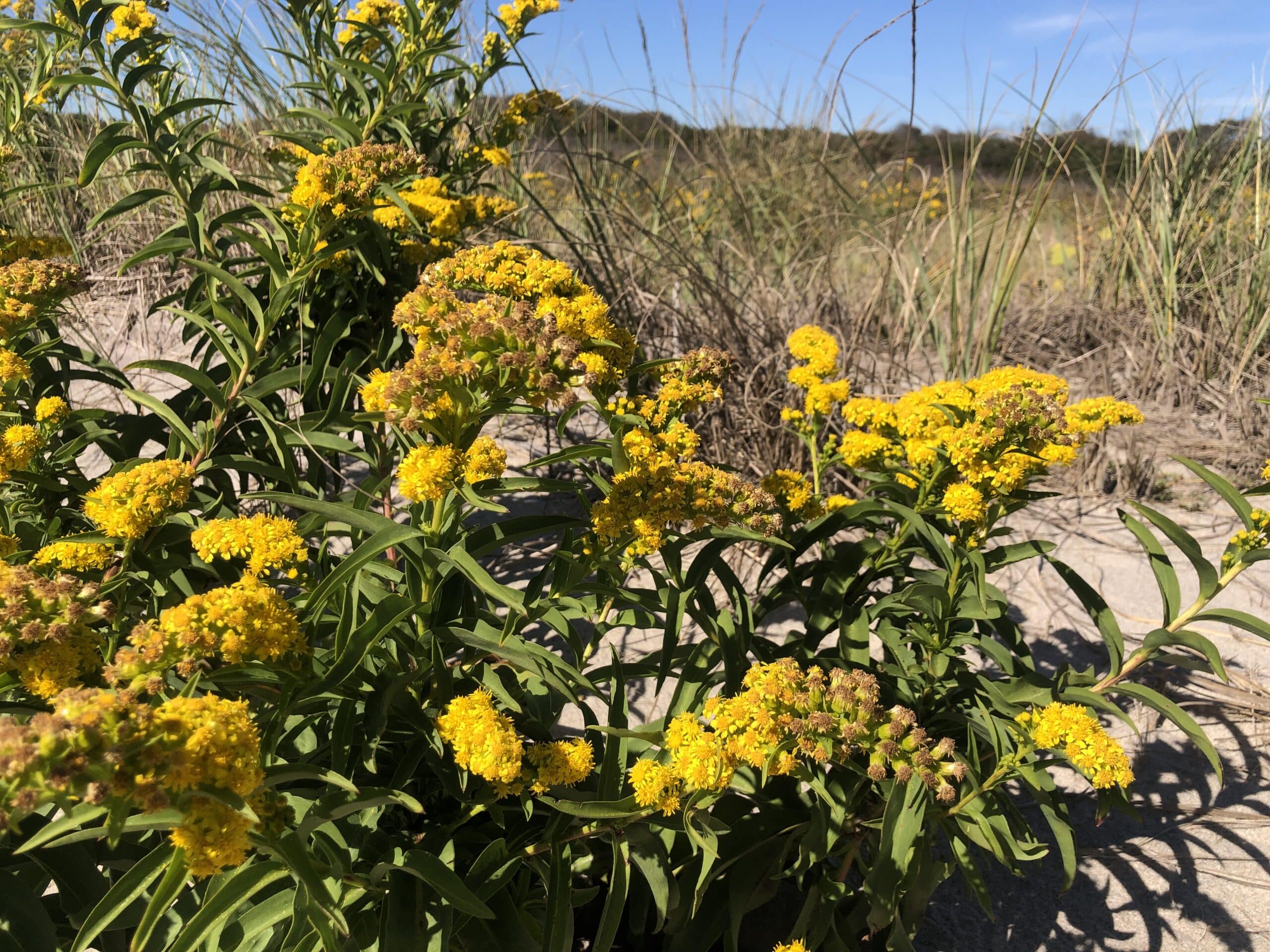
By Natural Areas Conservancy on September 03, 2024

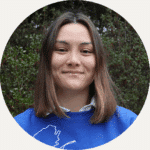 By Mormei Zanke, Communications Manager
By Mormei Zanke, Communications Manager As summer comes to a close, you might be thinking it’s time to say goodbye to the flowers and let the season wind down into autumn. But, hold on! There are still many late blooming species in New York City that can brighten your day and let you hold on to the last fragments of summer for a few weeks more.
Check out our list below for the most common late blooming flowers and which natural areas and parks you can find them in the city.
Find indigenous species of goldenrods, asters, and milkweeds across the five boroughs! They are especially abundant in natural areas with open meadows and woodlands.
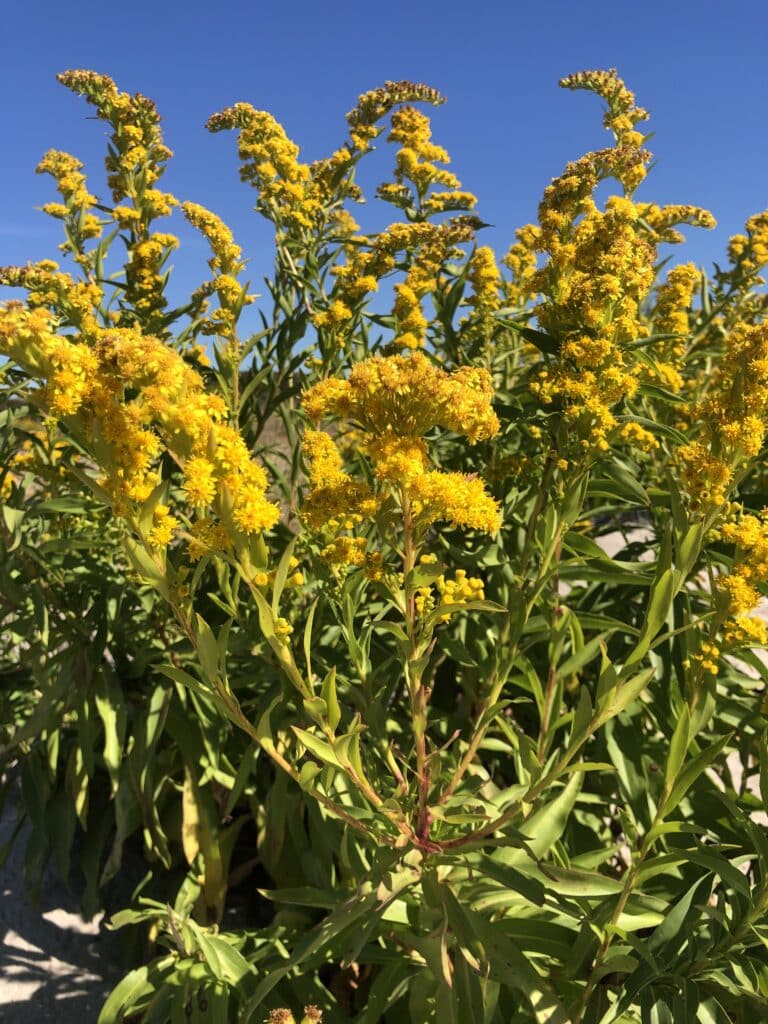
Seaside goldenrod at Fort Tilden in the Rockaways
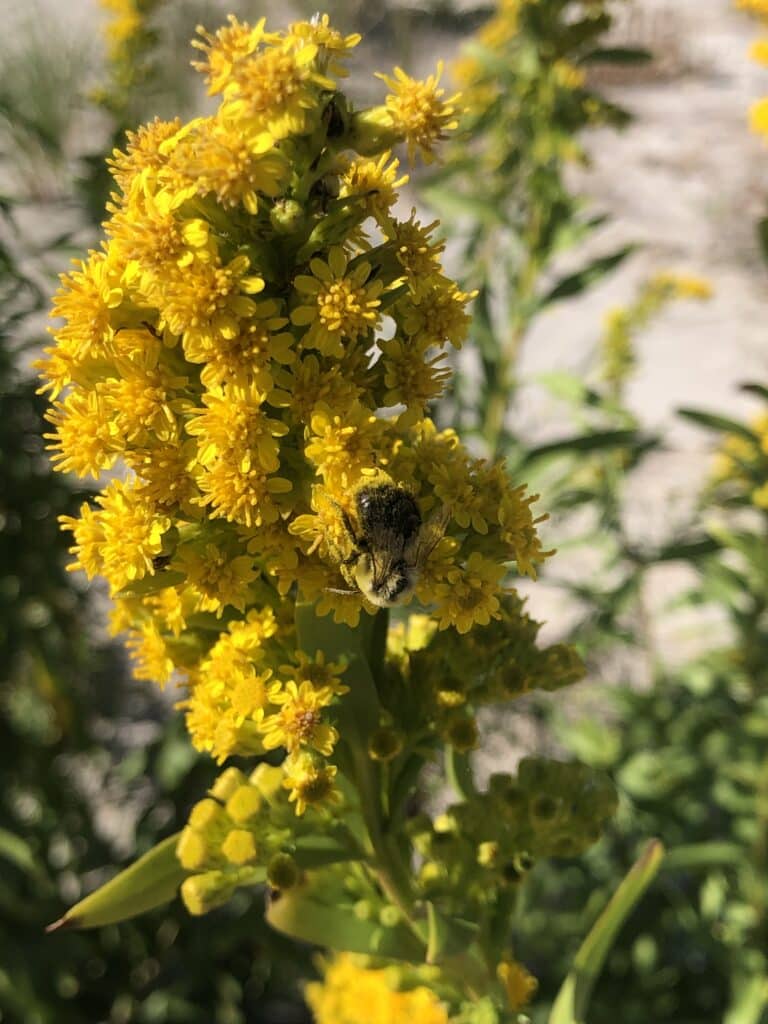
You can find up to 14 different species of goldenrod in forests, sunny meadows, or seaside grasslands in the city! Two of the most common: wrinkle-leaved goldenrod and Canada goldenrod (Solidago rugosa and Solidago canadensis) can often be found in large swathes in meadows.
You may have even seen a salt-resilient species – seaside goldenrod (Solidago sempervirens) peeking out of a street tree bed on the sidewalk. Its usual home is near the ocean but it happily adapts to NYC road salt spread in winter! While goldenrod is, well, golden, there is one woodland species, white goldenrod (Solidago bicolor) with white flowers.
Goldenrod is an excellent source of nectar and sticky pollen for butterflies, bees, beetles, and flies while also providing overwintering homes for many insects.
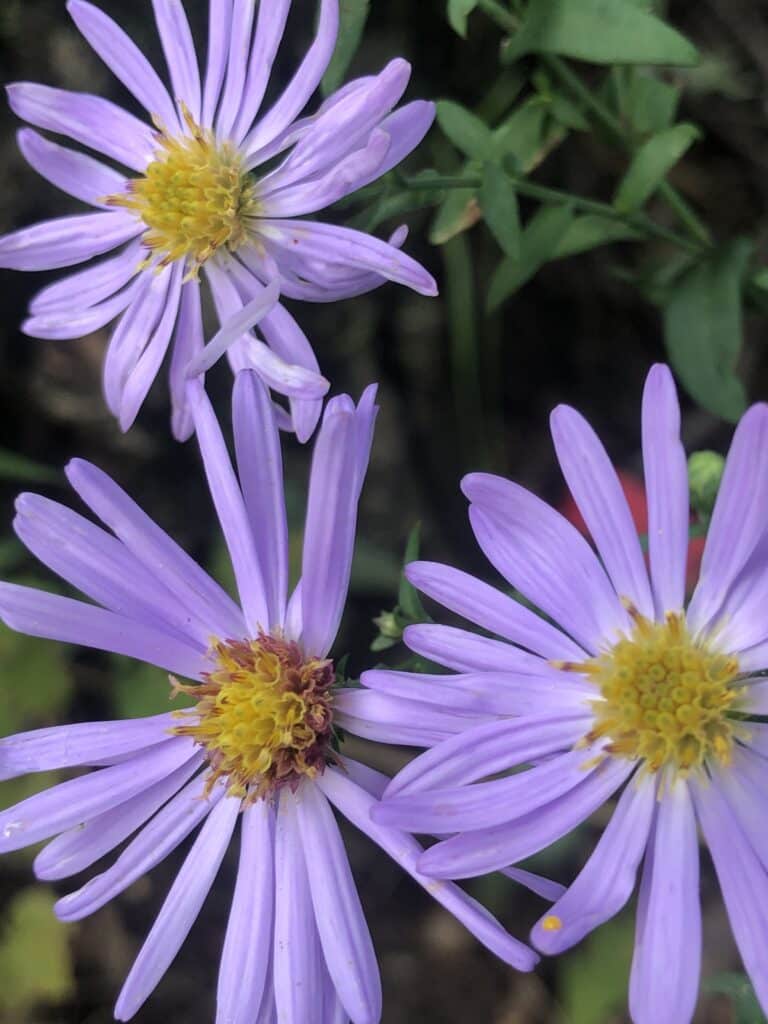
Smooth blue aster
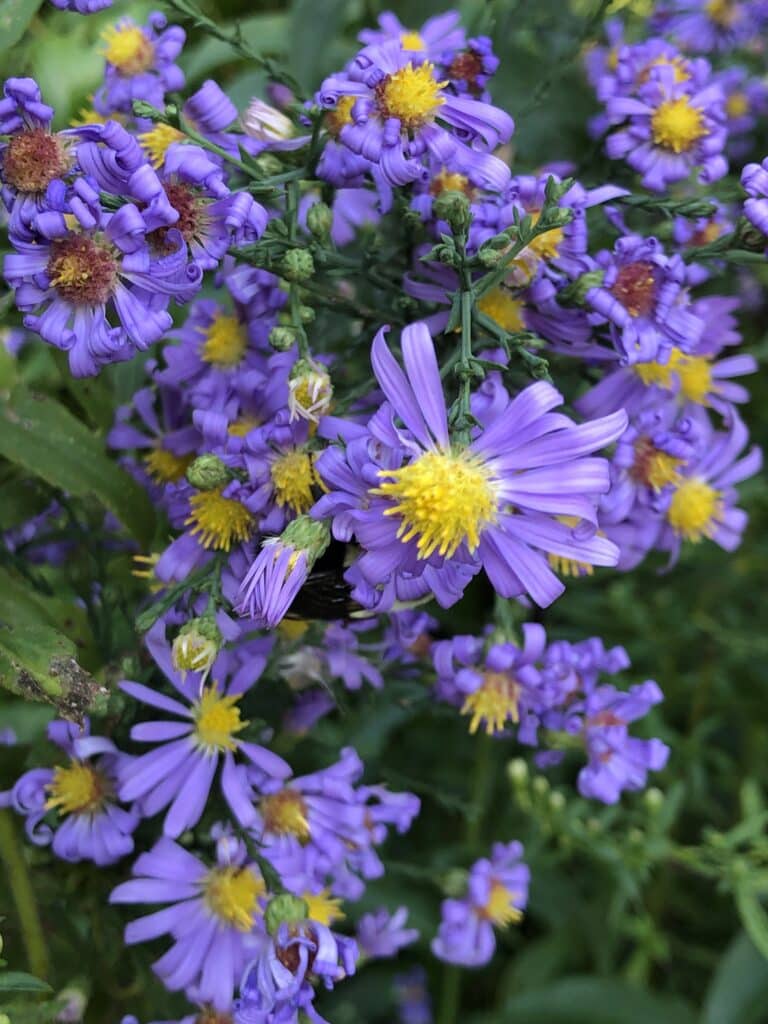
New England aster
Seeing stars? You’re not imagining it! In late summer and well into the fall, our North American asters (mostly the genus Symphyotrichum) known for their star-like flowers, are abundant in New York City. Purple, pink, blue or white flowered, they are essential components to native ecosystems that provide crucial food sources for insects late in the season.
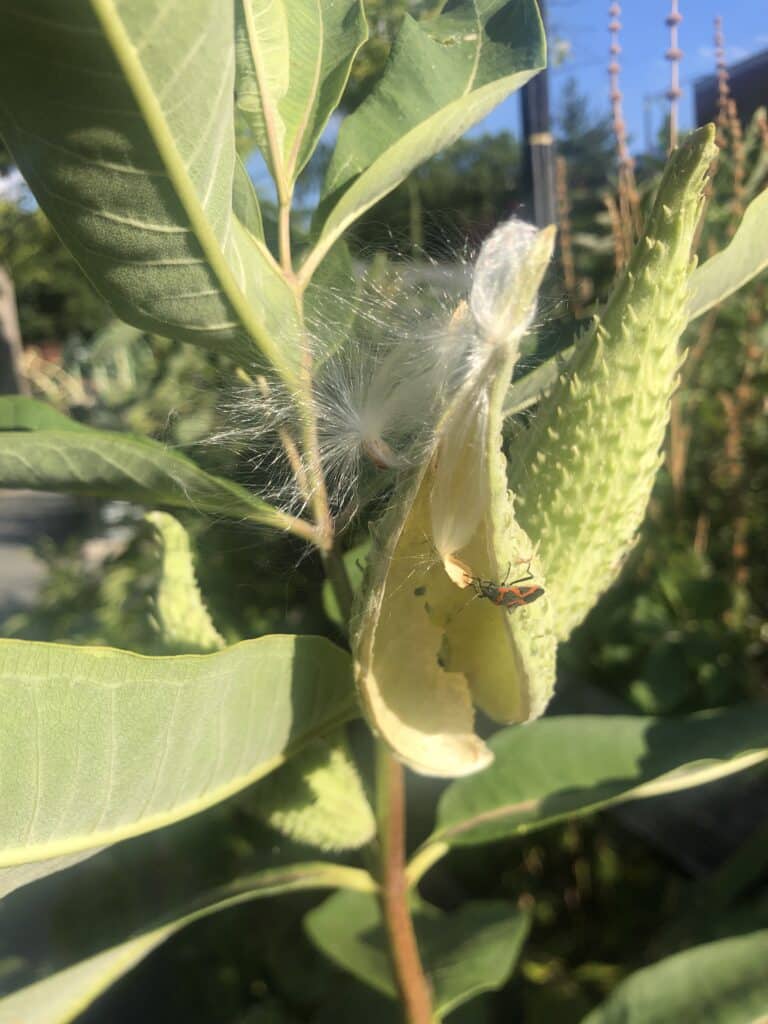
Common milkweed pods and their seeds are likely to be spotted in late summer and fall
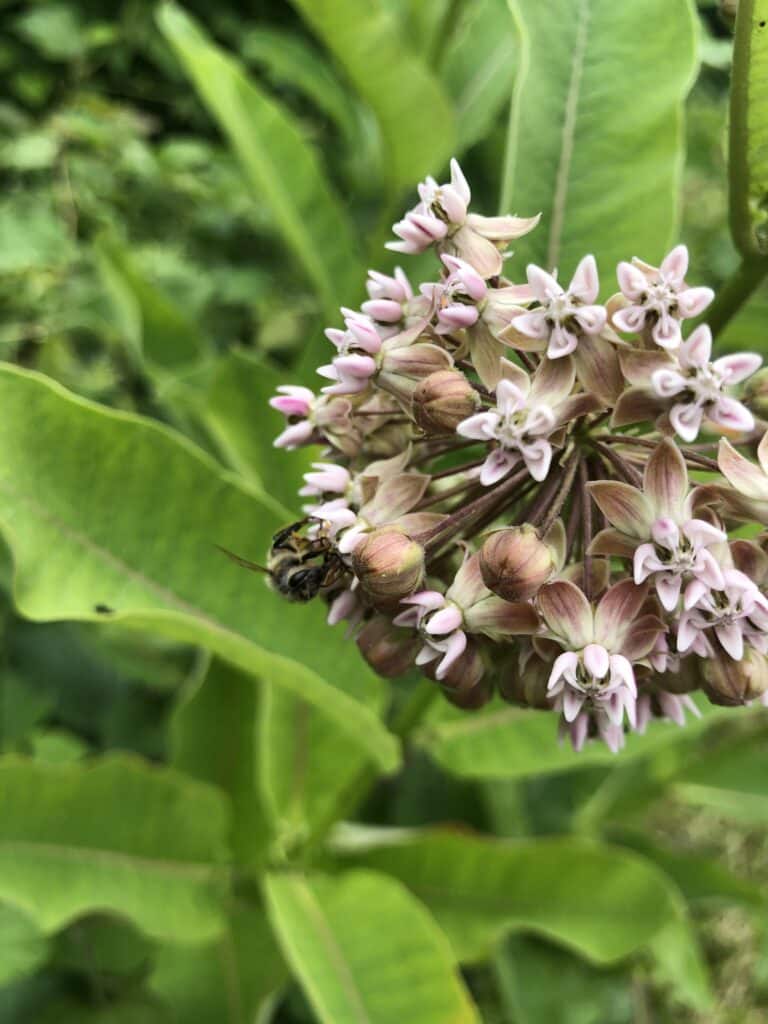
Common milkweed in bloom
Milkweed is one of those plant groups that you can find in almost every color of the rainbow! Orange, green, pink, red, or white… you name it and there’s probably a milkweed variation.
Incredibly, milkweed is the only source of food for the monarch caterpillar’s larvae. Adult monarch butterflies lay their eggs on milkweed, making this plant indispensable if we wish to conserve and grow this butterfly population.
Interested in exploring more flora and fauna in NYC natural areas? Check out all our blog posts on nature tips in the city.
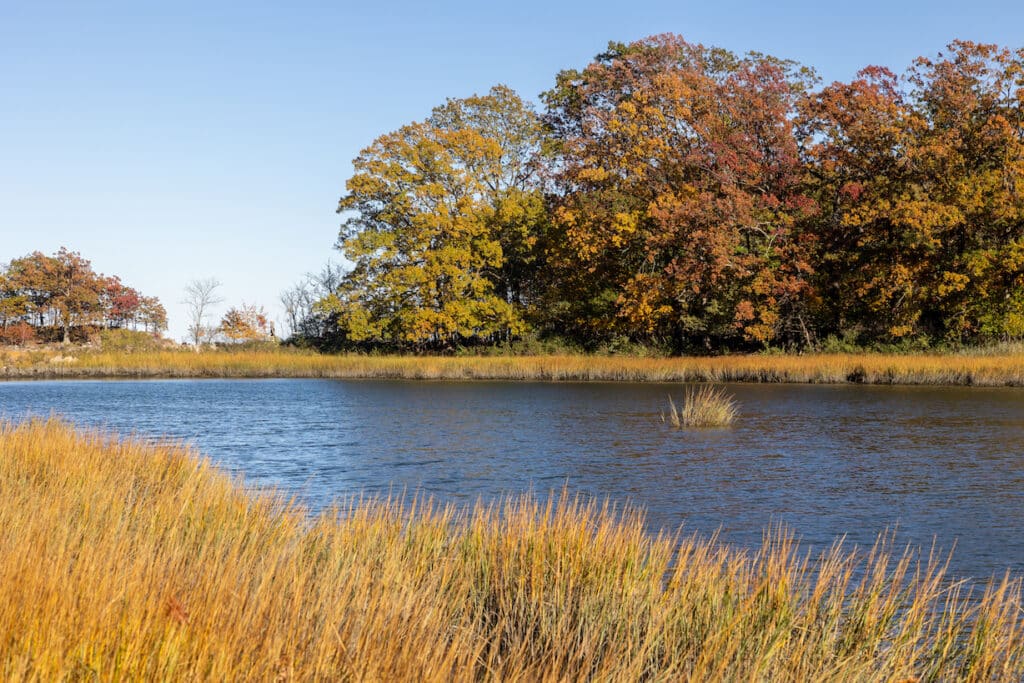
By Mormei Zanke, Communications Manager It’s fall in New York City! The season of crisp air, pumpkins on every stoop, farmer’s market ap...
Read more